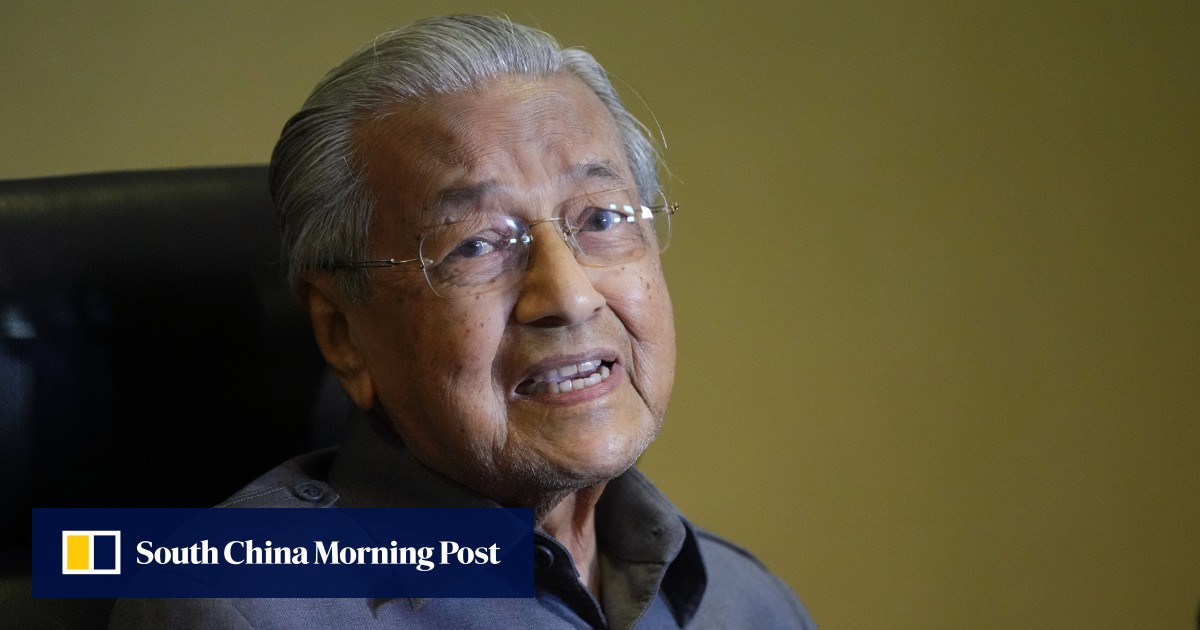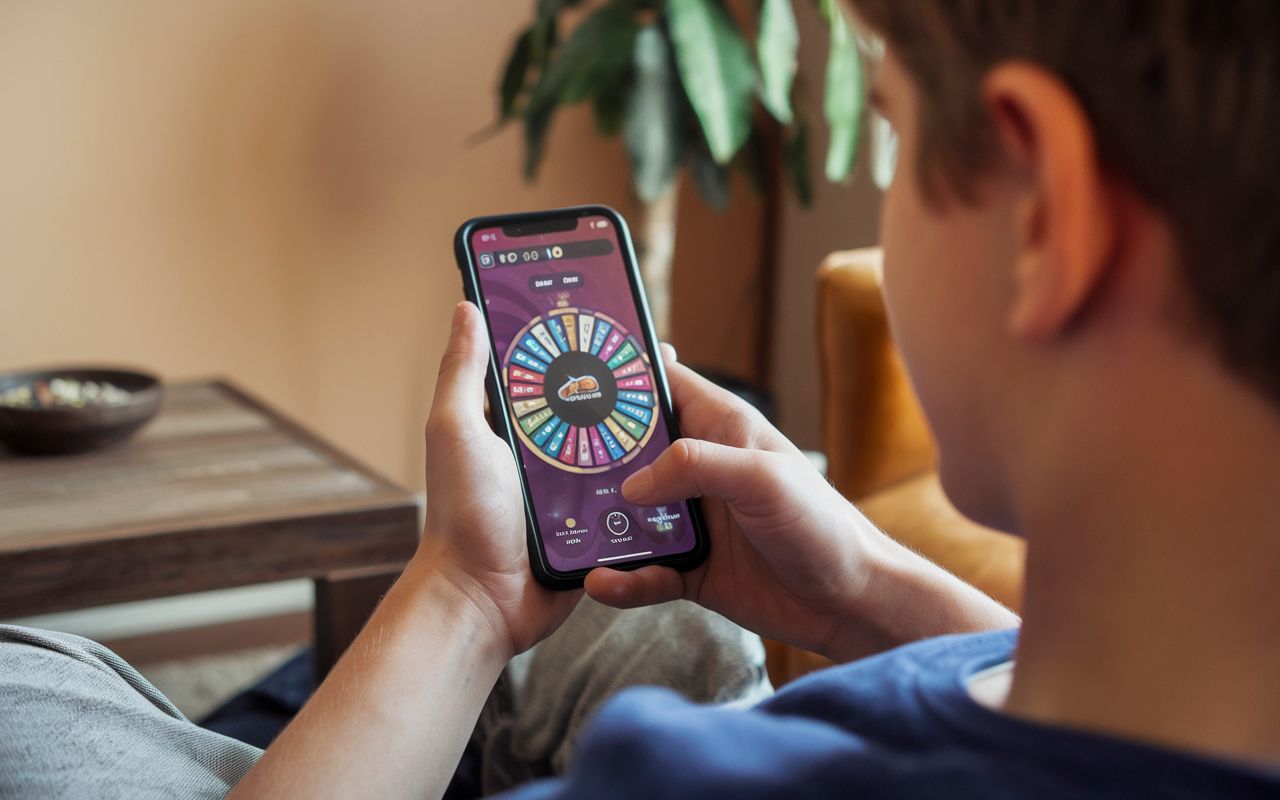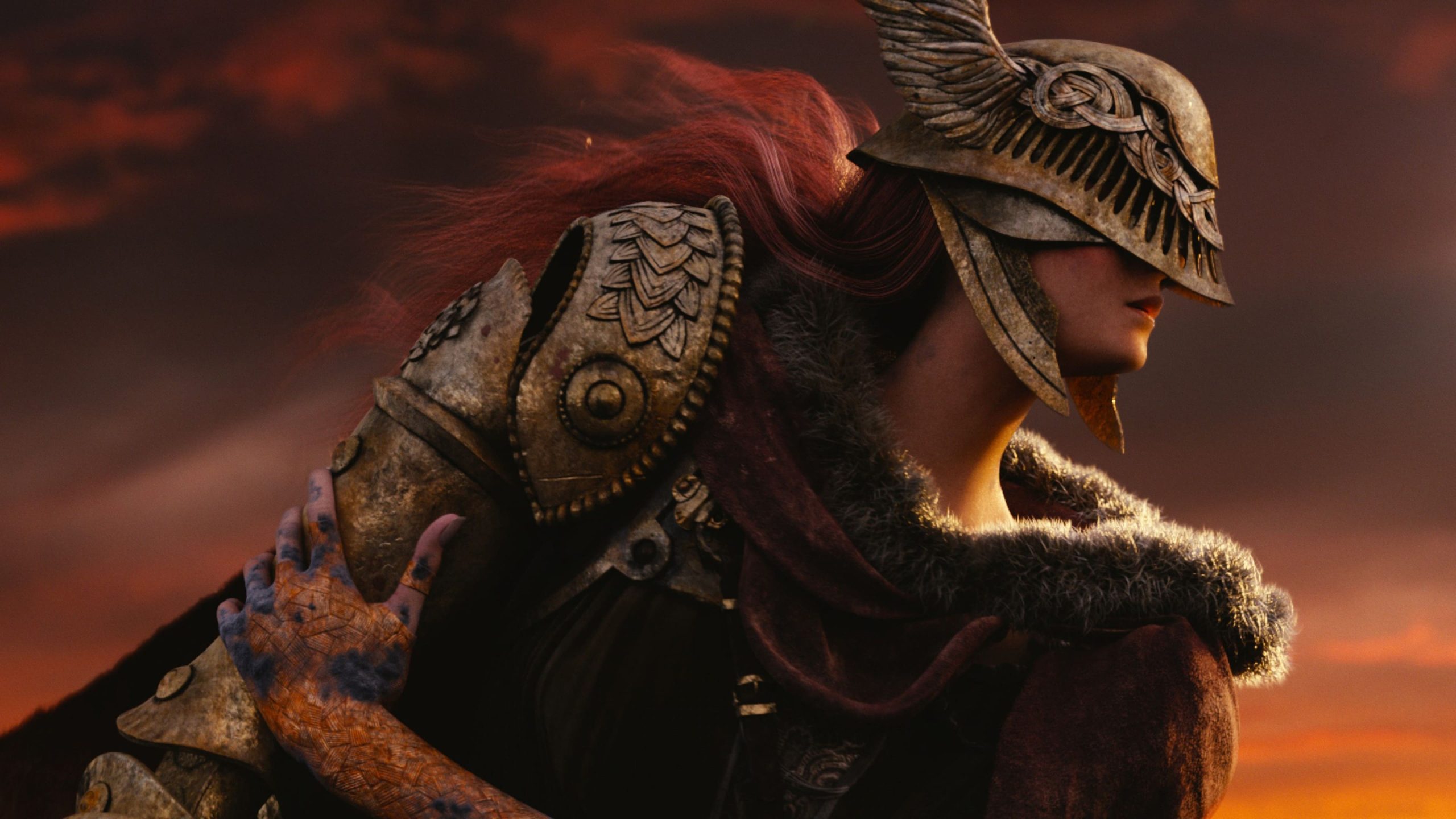Tech
Huawei's 'Triple-Screen' Phone Is a Big Deal, but It May Not Be the Future

Foldable phones are a relatively new style of device, and most companies stick to two formats: one that unfolds like a book and another that opens like an old-school flip phone. The book-style foldable, however, has recently been one-upped by a cooler cousin that boasts a larger display and folds twice, bringing to life three screens.
In September, Huawei released the Mate XT Ultimate Design, a phone with two folding hinges that effectively creates three displays. It offers the rare experience of carrying a tablet in your pocket. Before Huawei, triple-screen foldables had been confined to walls of tech conference showcases as concept phones. That changed when the Chinese tech giant released a device people could actually buy — at least in its home market of China.
The Mate XT is a significant triumph for Huawei in the face of US sanctions, and it could pave the way for a broader trend among other phone-makers such as Tecno and Samsung — all of which have experimented with similar designs. But the jury is still out on whether it represents the future of phones, as challenges around durability and pricing persist.
Why the Mate XT Ultimate Design is a big deal
The Mate XT Ultimate Design has a 10.2-inch screen when fully unfolded, similar to the size of an iPad. When unfolded, it also sets a record as the slimmest foldable phone ever made, at just 3.6 millimeters thick. Additionally, it can be opened in dual mode, offering a screen size of around 8 inches — comparable to book-style foldables like Google’s Pixel 9 Pro Fold.
To achieve the technical feat of a dual-folding screen, Huawei developed a hinge system that uses two tracks which work in tandem to enable both inward and outward folds. The phone is widely been referred to as a trifold phone, which is misleading. In reality, it only folds in two places, transforming its large screen into three slim mini panels. Currently, it retails in China for a starting price of $2,800, converted from 19,999 yuan. Huawei began selling it on Sept. 20, the same day the iPhone 16 series launched in its first wave of countries and regions, including China.
The inner display of the Mate XT Ultimate Design measures 10.2 inches. Doesn’t look much like a phone anymore, does it?
The Mate XT Ultimate Design isn’t likely to drive major sales for Huawei due to its steep price tag. However, the launch of a Huawei-made triple-screen phone symbolizes the company’s innovation and progress in the smartphone category, despite US sanctions, marking a symbolic victory for the brand.
Starting in 2019, the Chinese tech giant’s phone business faced crippling US sanctions, which nearly decimated Huawei’s smartphone division. Those sanctions blocked access to advanced American technology essential for smartphone semiconductors, and key software, making the company’s phones less appealing in the global marketplace.
Today, Huawei’s smartphone business is thriving once again, boosted by support from the national government. In fact, Huawei is the number one foldable phones company in the world, according to research firm International Data Corporation. In the first half of 2024, Huawei claimed 26% of the global market share, while Samsung secured 23% with its popular Galaxy Z Fold and Galaxy Z Flip series.
Winning the foldables race remains a key ambition for Huawei. The worldwide foldables market is forecast to reach 25 million devices by the end of 2024, up 37.6% from the 18.1 million units shipped in 2023, according to IDC. By 2028, total foldable phone shipments worldwide are expected to rise to 45.7 million units, per IDC, representing a compounded annual growth rate of 20.3% for 2023 to 2028.
Read more: Mate XT Ultimate Design: What It Was Like Using Huawei’s Sexy Triple-Screen Phone
However, like its big-name rivals including Samsung, Google and Xiaomi, Huawei faces the hurdle of convincing people that foldable phones are worth the money. According to a survey conducted by CNET in September, 52% of smartphone owners have no interest in buying a foldable phone. A triple-screen folding phone is even more expensive than its book-style counterparts. Still, rival phone-makers may follow Huawei’s lead, as Avi Greengart of Techsponential pointed out.
“Huawei’s triple-fold smartphone is as much a statement of technology innovation and resilience in the face of sanctions as it is a product,” Greengart told CNET soon after its September launch. “It is sold out, however, and flexible displays have been around for a while, so we are likely to see others.”

Tecno unveiled a concept triple-screen phone known as the Phantom Ultimate 2 this summer.
A triple-screen phone wave?
Huawei’s release of the Mate XT Ultimate Design could be the catalyst for a new wave of next-gen foldable devices. Triple-screen foldables, despite being even more niche than regular foldables, could pique consumer interest and elevate the broader foldable phones category — now appearing closer to commercial reality than ever before.
Just ask Tecno. The Chinese company is the most recent phone-maker to debut a concept triple-screen phone. Unveiled in August, the Phantom Ultimate 2 builds on Tecno’s experiments with futuristic concepts, including a phone with a rollable screen.
“Tecno has been focusing on foldable phones as a key product since 2022,” the company told CNET in an email. “In the future … we aim to introduce trifold phones or other cutting-edge devices at prices that consumers in emerging markets can afford.”
Tecno has earned a reputation for delivering smartphones at considerably cheaper prices than its competitors, especially in markets like Africa and India. The Chinese company’s strategy involves equipping its phones with what it sees as essential features, rather than the latest high-end specs, to keep a lid on prices.
For instance, Tecno’s Phantom V Fold 2 is priced at around 89,990 rupees in India (or $1,070), which is considerably cheaper than competing foldable phones sold in the South Asian nation, such as Samsung’s $1,900 Galaxy Z Fold 6. This pricing strategy allows Tecno to attract budget-conscious shoppers who still want the benefits of a foldable device.
Tecno is “actively exploring” launching its own triple-screen smartphone, the company told CNET via email, but could not share whether or when an actual commercial launch would take place. But the company confirmed media and visitors could experience the Phantom Ultimate 2 first-hand at the Mobile World Congress technology event in Barcelona in early 2025.

Here’s the red-orange colorway of the Mate XT Ultimate Design.
Triple the screens, triple the trouble?
Even though companies such as Huawei and Tecno seem up for the challenge, others may steer clear of launching triple-screen phones.
Take Samsung. The South Korean electronics giant was among the first companies to unveil a triple-screen concept phone back in 2022. It also boasts a leading position in the foldable phones segment, with six generations of book-style foldable phones under its belt. While Samsung is on its sixth-generation foldable, the Galaxy Z Fold 6, newcomers like OnePlus and Google are only on their first or second generations.
Despite its position as an early leader, Samsung has yet to launch a triple-screen phone — likely because it’s unclear whether enough people would want to buy such a device yet. Samsung didn’t respond to a CNET request for comment on future plans for foldable phones.
“A triple foldable would not be anything close to a mainstream product; it would be an enormously expensive product, and durability is likely to be a problem,” Greengart told CNET.
Samsung has certainly paraded a bevy of prototypes over the years, signaling that the technology behind these flashy foldables is, at the very least, ready. The prototypes have ranged from a phone that wraps around your wrist like a smartwatch, to a flip phone that can fold both ways, to a clamshell-style phone with a screen curving around its top edge.
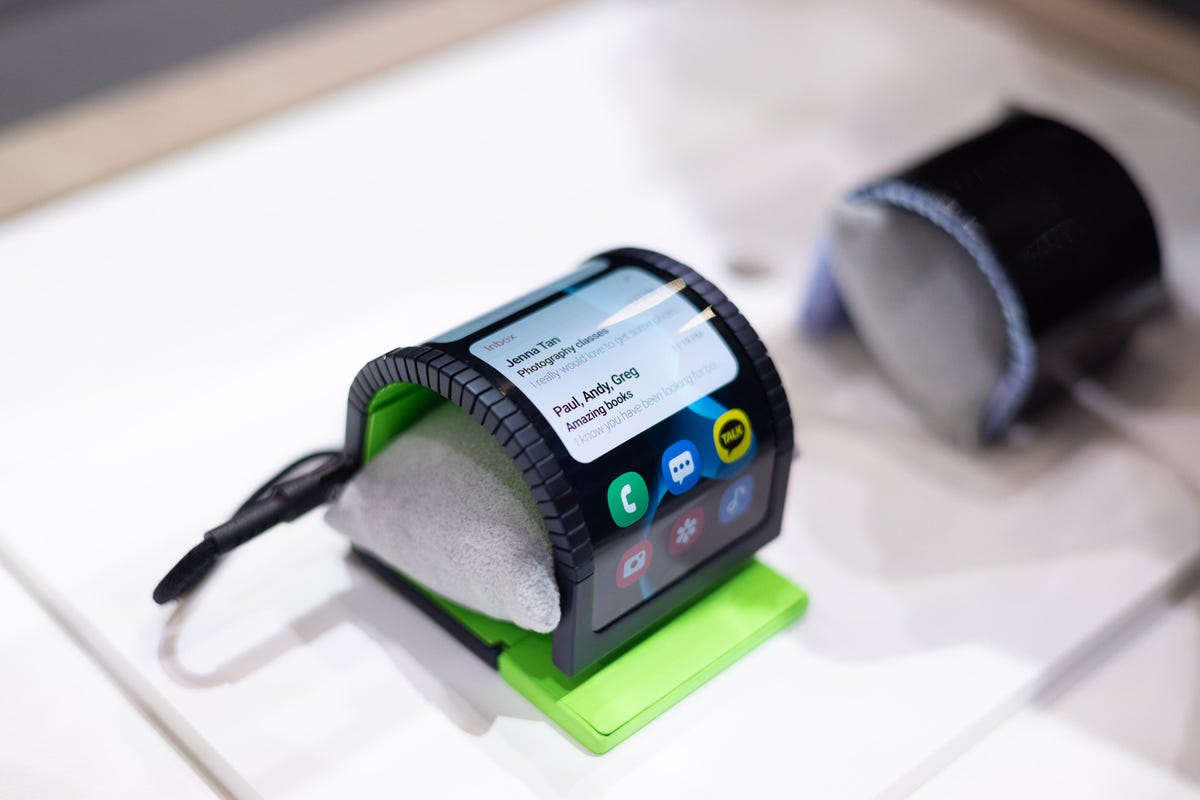
A wearable display concept device launched by Samsung.
“Samsung Display and Samsung Electronics are broadly under the same corporate structure but they are not the same company, ” Greengart added. “Samsung Display frequently shows off concept designs that other Samsung companies have not committed to using.”
Apart from the eye-watering price tag, durability is another struggle that makers (and the rest of us consumers) grapple with when it comes to triple-screen phones — just as they do for regular foldable devices. Huawei’s Mate XT Ultimate Design isn’t immune to this. After using the phone for a short time back in September, I found myself worried about a portion of the screen that’s constantly exposed, along with the lack of an IP rating for water and dust resistance.
Honor, a former Huawei subsidiary that’s behind the Magic V3, the world’s slimmest book-style foldable phone, has not yet launched a triple-screen foldable phone, either. It may simply be a matter of priorities, as this could become a product from the Chinese firm in the future.
“For the majority of the smartphone OEMs, part of their focus and resources have been allocated to generative AI to ensure they stay competitive in the race,” IDC’s Will Wong told CNET. “Thus, a trifold foldable, which is likely to be a niche market while considering its pricing, is more favorable to be a long-term development instead of a short-term focus.”
The Magic V3 shares virtually an identical design language with the Mate XT Ultimate Design, from its color to the finishings and octagonal-shaped camera bump, which Honor says was inspired by architectural domes. Honor declined to comment specifically on trifold phones, but didn’t rule them out either.
“We’ll continue to enhance our leadership in foldable and invest in innovations, focusing on cutting-edge hardware and software experiences, including on-device, cloud, and across-device AI interactions,” a spokesperson for Honor told CNET.

View from the top of the Mate XT Utlimate Design.
A triple-screen future?
Thanks to Huawei, the Mate XT Ultimate Design has brought fresh excitement to a phone industry that’s been criticized for innovative stagnation, apart from the recent AI mania, perhaps.
While it’s unclear if this ultra-niche device will ever hit the mainstream, Huawei’s new smartphone is the first of its kind, and that alone makes it impressive. I was astounded that a 10.2-inch screen could fit into my pocket without being much heavier than a regular foldable phone, though it’s understandably chunkier.
The hardware quality of the Mate XT Ultimate Design is exceptional. However, for its price, an official IP rating for water and dust resistance would be reassuring. Plus, the constant screen exposure along the side is worrisome. Also, given the large inner display, battery life could be a problem. The device’s 5,600-mAh battery, which isn’t much larger than the ones found in book-style phones, has to power a meaningfully larger screen.
Based on my experience so far, I’m skeptical about its success given its steep price tag. But maybe that’s the idea. Instead of focusing on volume, Huawei’s Mate XT Ultimate Design seems to be a bold declaration of its capability to innovate despite the restrictions imposed by US sanctions.
Fellow Chinese company Tecno, of course, envisions a more ambitious future for triple-screen foldables — at lower prices.
“All these [features] make the trifold phone a potential replacement for tablets and computers, truly becoming a creative and productive powerhouse,” a spokesperson for Tecno told CNET.
Book-style foldables and flip phones are currently the reigning champs in the foldables segment, and that may be the case for a while. But whether or not triple-screen phones become mainstream, it’s tough to deny their current momentum.
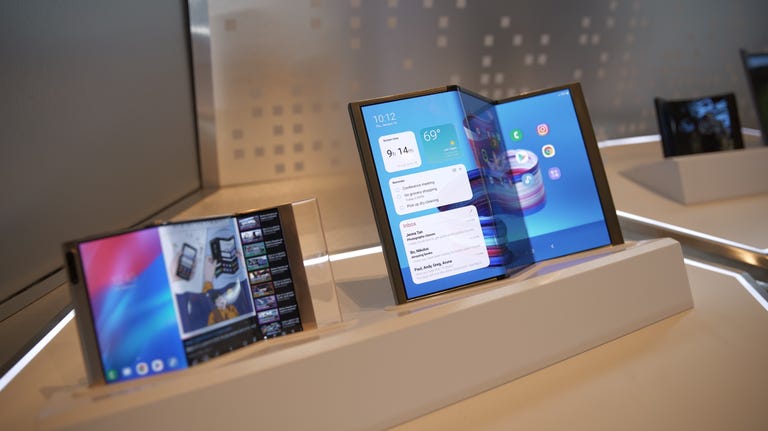
Watch this: Samsung Display’s Rollable, Foldable Concepts Show the Future of Screens



